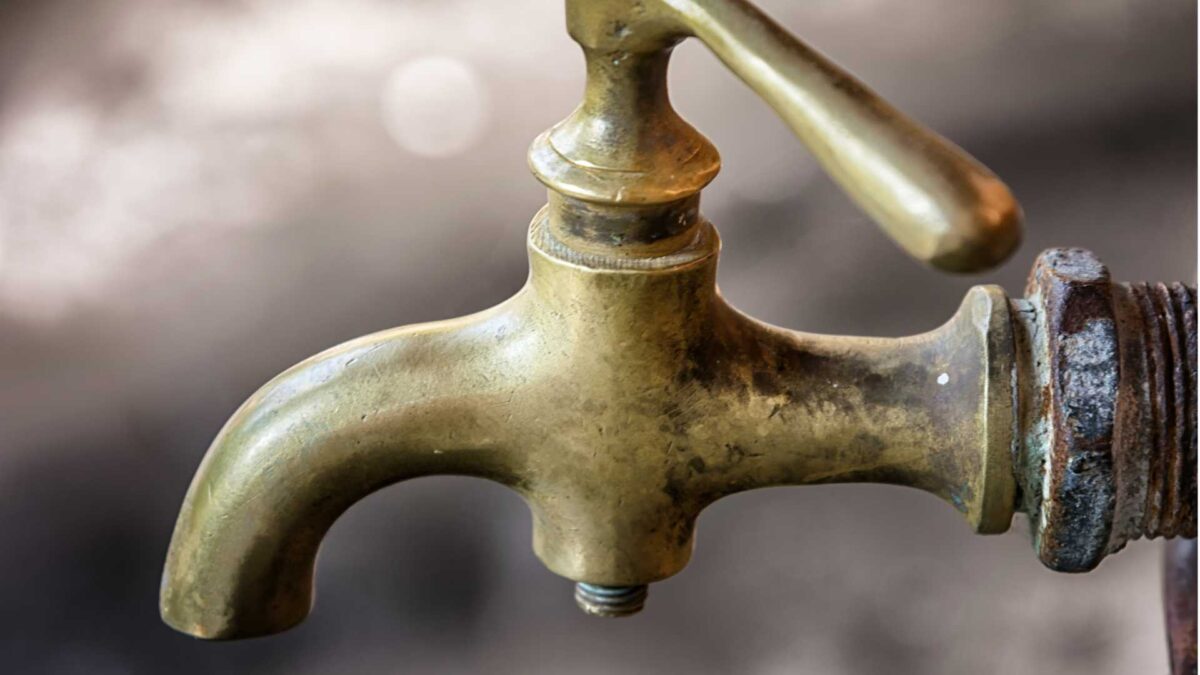Calcium deposits, those white, crusty buildups that plague faucets and showerheads, are more than just an eyesore. They can clog aerators, weaken water pressure, and even shorten the lifespan of your plumbing fixtures. Thankfully, there are several effective ways to combat these pesky deposits and restore your faucet’s gleaming shine.
Identifying the Culprit: Hard Water
The main culprit behind calcium deposits is hard water. This water contains high levels of dissolved minerals, primarily calcium and magnesium. When the water evaporates, these minerals are left behind, forming the unsightly deposits.
DIY Solutions: Natural and Effective
Fortunately, you don’t need harsh chemicals to remove calcium deposits. Several natural solutions are effective and readily available:
Vinegar: This acidic powerhouse dissolves calcium deposits with ease. Simply soak a cloth in white vinegar and wrap it around the affected area. Leave it for several hours or overnight, then scrub with a toothbrush or sponge. Rinse thoroughly with clean water.
Lemon juice: Another acidic option, lemon juice works similarly to vinegar. Apply the juice directly to the deposits and let it sit for 20-30 minutes before scrubbing and rinsing.
Baking soda: This abrasive powder is great for tackling stubborn deposits. Make a paste by mixing baking soda with water and apply it to the faucet. Let it sit for 15-20 minutes, then scrub with a brush or sponge. Rinse with clean water.
Combination Techniques: For extra stubborn deposits, combine vinegar and baking soda to create a fizzing cleaning solution. Apply the paste to the affected area and watch the calcium deposits disappear!
Pro Tip: For a deeper clean, remove the aerator (the small screen at the tip of the faucet) and soak it in vinegar or lemon juice overnight.
When to Call in Experts
While DIY solutions are often effective, sometimes professional help is necessary. This is especially true for:
- Extensive deposits: If your entire faucet is covered in calcium deposits, tackling it yourself might be overwhelming. A professional plumber can remove the deposits quickly and efficiently.
- Damaged fixtures: If the calcium deposits have damaged your faucet or showerhead, it’s best to call a professional to repair or replace them.
- Underlying plumbing issues: Sometimes, calcium deposits can indicate deeper plumbing problems. A plumber can diagnose and address the root cause of the issue.
Preventing Future Buildups
To prevent calcium deposits from returning, follow these tips:
- Install a water softener: This device removes minerals from your water, preventing them from forming deposits in the first place.
- Wipe down your faucet regularly: Use a soft cloth to wipe down your faucet after each use. This will help prevent mineral buildup.
- Clean your aerator periodically: Remove the aerator and soak it in vinegar or lemon juice every few weeks.
- Choose the right cleaning products: Avoid using harsh chemicals that can damage your faucet. Opt for natural solutions like vinegar and baking soda.
By taking these steps, you can keep your faucets sparkling clean and free of calcium deposits. Remember, regular maintenance is key to preventing these pesky buildups and ensuring the long-lasting beauty of your plumbing fixtures.

